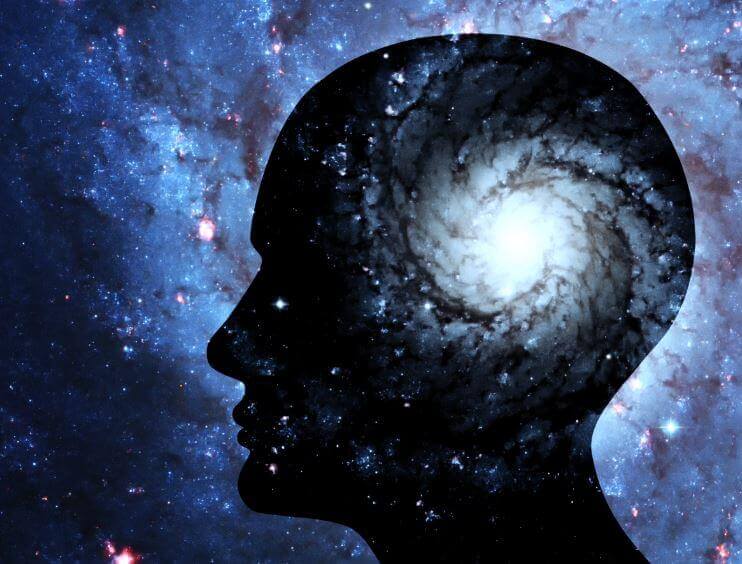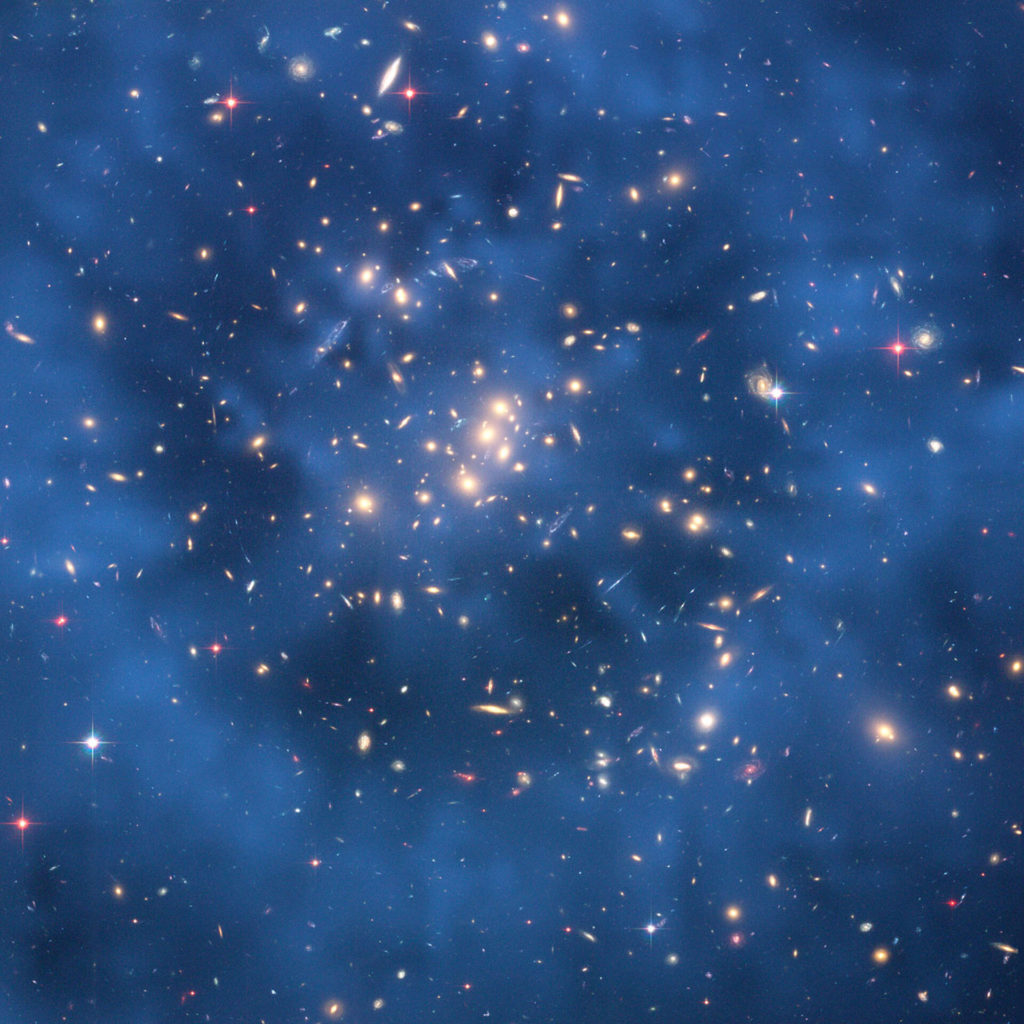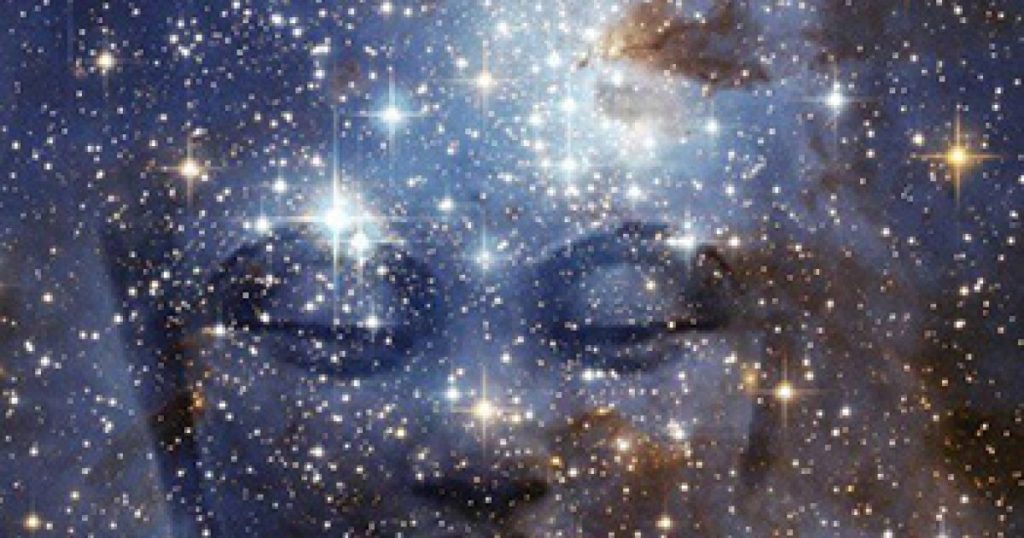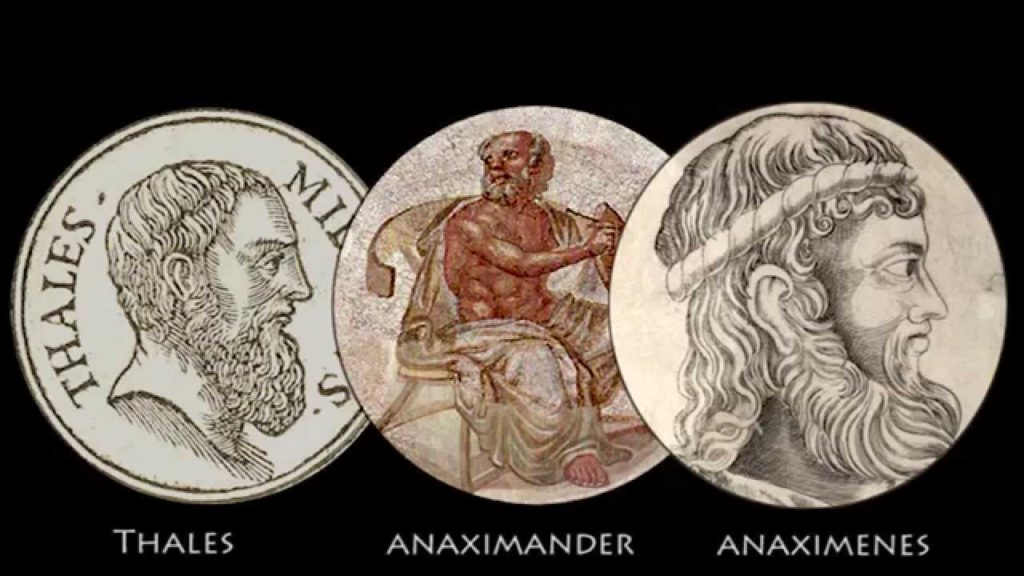Religion, Philosophy
Date : Apr., 2021
Source : MDPI – Religions

One of the champion of the dialogue between Science and Traditions was John Charlton Polkinghorne (1930-2021). He was at the crossroad of both, devoting his life to mathematics and quantum physics (Cambridge), and at the same time studying theology (Anglican Theological College). He was able to reconcile the creation of the universe by God, and the evolutionary and autonomous world that we witness.
This article is a resume of his thesis, combining “natural theology” and ‘theology of nature” with science. Its conclusion states that :
“a world created by a loving and faithful God will be characterized by both openness of chance and a regularity of necessity. The openness of chance in this universe is expressed through quantum in-determinism, chaos theory, and the role of the mind in human activity. The necessity, in turn, can be indicated, for example, in the regularity of natural laws.”
Read more : MDPI-Religions









